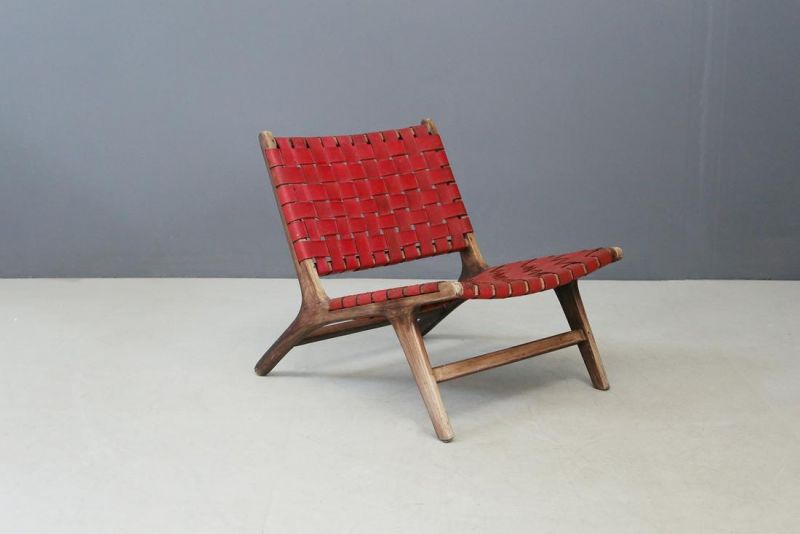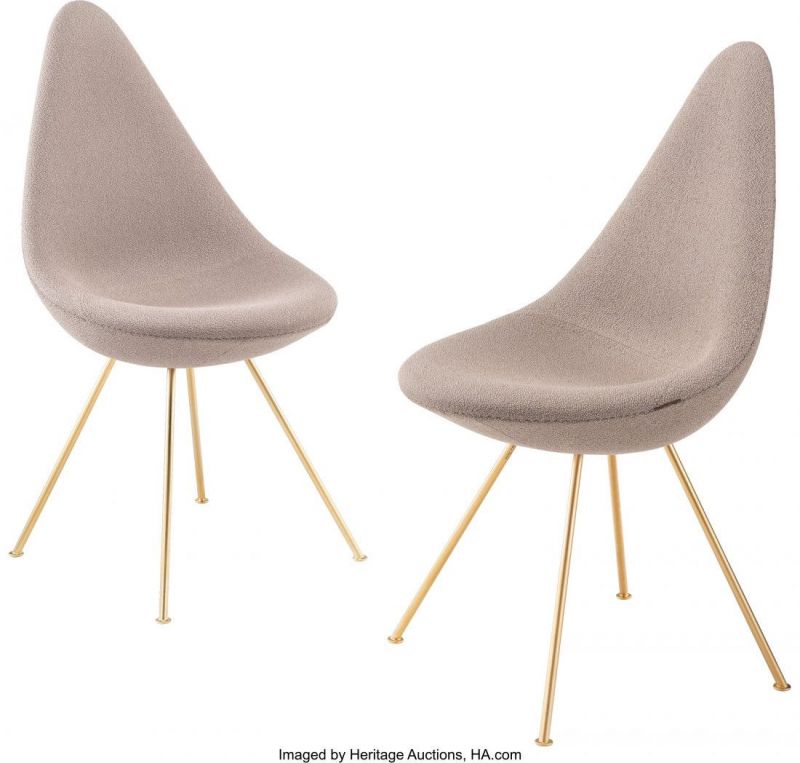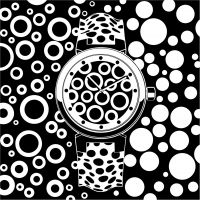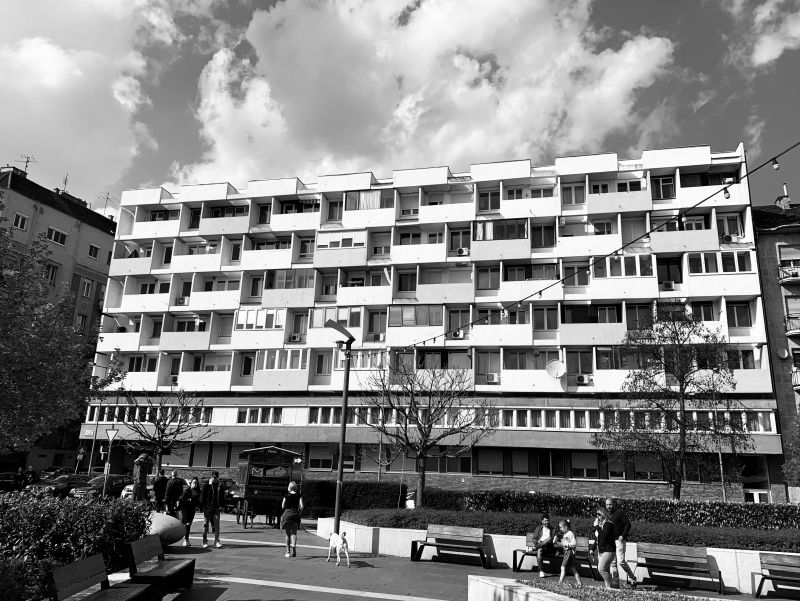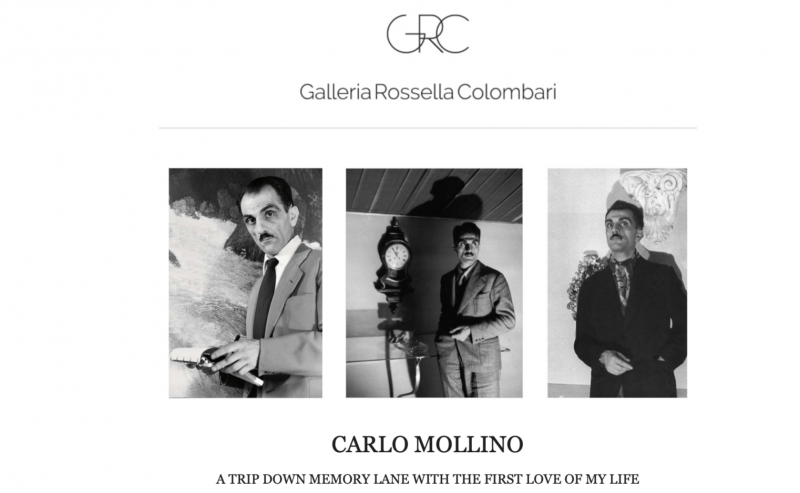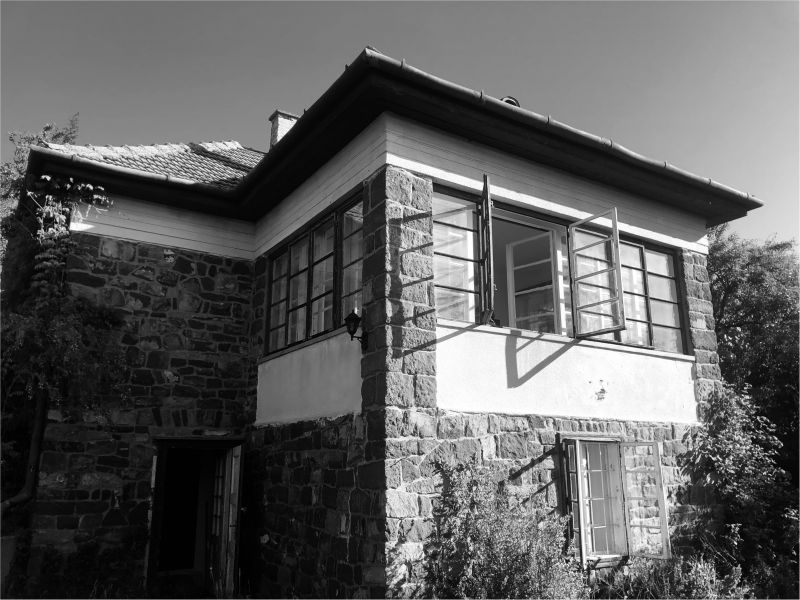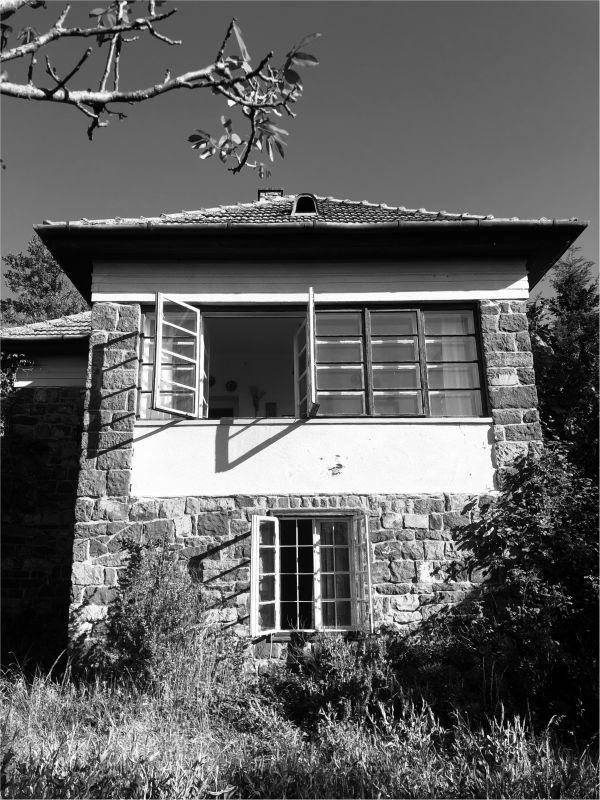Designer Portfolio
Kilim
4 years agoWelcome at Kilim
There is a special, magical place on the Irányi Street that you can’t just pass by and spend less than half an hour. The KILIMs are woven, uncombed carpets and nomadic utensils from Central and Asia Minor, the Caucasus, and North Africa. These textiles related to the nomadic way of life can also be found in different cultures, wherever the technique of weaving was known. Woven rugs appeared earlier in time than knotted carpets, so if we buy one for our apartment today, we will choose the oldest form that humanity has created in the textile genre. This is even due to the fact that the pattern of the kilims is back to ancient, millennia-old motifs. It is woven by hand on a lying or standing loom, of sheep's or goat's wool, sometimes of silk. Contact us for a private preview or visit us, we are located at H-1056 Budapest, Irányi street 5 email: kilim@t-online.hu
John Wolf Advisory and Brokerage
4 years agoSwedish Nordic armchair in wood and leather 1960
The armchair is made of wood with red leather straps. DIM Dim: H 68 cm, Width 65 cm, depth 85 cm.
John Wolf Advisory and Brokerage
4 years agoArne Jacobsen (Danish, 1902-1971) Pair of limite
Arne Jacobsen (Danish, 1902-1971) Pair of limited edition 60th Anniversary Drop Chairs, designed 1958, produced 2018, Fritz Hansen Rohi upholstery, 23k gold plated steel 35 x 18 x 21-1/2 inches (88.9 x 45.7 x 54.6 cm) (each) Embroidered REPUBLIC OF Fritz Hansen label to each Plastic manufacturer's label to leg of each Arne Jacobsen's iconic Drop chair was originally designed for the SAS Royal Hotel in Copenhagen in 1958. It features the simplicity and restraint of class Danish modernism, with the added grace of its elegant tapered form. The Drop chair is said to have been Jacobsen's favorite chair. This pair is from a rare and limited series produced exclusive in 2018 to celebrate the Drop's 60th Anniversary, are upholstered in a special structured yarn dyed Sera fabric from Rohi and features a luxurious 23 karat gold coated base.
GT Art Design
4 years agoTrain station / Social Realism
Social realist train station 1960’s-1970’s North side of Lake Balaton, Hungary
John Wolf Advisory and Brokerage
5 years agoModern Adjustable Wall Lamps, pair
Enameled aluminum, brass
Shades measure: 12.5 inches dia.
Wall mounts measure: 5.25 dia x 11 h inches
Articulated arms measure: 26 inches in length.
GT Art Design
5 years agoSocial Realism
An other example of Social Realist architecture. These functional buildings was built for the working class people, now it’s rented out for students who came from the countryside to Budapest to study.
GT Art Design
5 years agoBauhaus Architecture
Location: Hungary, Napraforgó street, Budapest, District 2 - the homes designed by famous Hungarian Art Deco and Bauhaus architects are under the protection of the world heritage association in this street. Must visit once in a lifetime .
GT Art Design
5 years agoSOCIAL REALISM
Condo building at the suburbs around Budapest, Hungary. Social realism is the term used for work produced by architects, painters, printmakers, photographers, writers and filmmakers that aims to draw attention to the real socio-political conditions of the working class as a means to critique the power structures behind these conditions. While the movement's characteristics vary from nation to nation, it almost always utilizes a form of descriptive or critical realism. Taking its roots from European Realism, Social Realism aims to reveal tensions between an oppressive, hegemonic force and its victims. These buildings typically built for social and factory workers at the early 1970's.
ArtOrigo.com
5 years agoContemporary Brutalist Primitive Art
20th century primitivism influenced by African art and culture through the eye of an Eastern European artist (under research)
GT Art Design
5 years agoGT Art Design
5 years agoJohn Wolf Advisory and Brokerage
5 years agoPair of Rancero Lounge Chairs of Luciano Frigerio
Luciano Frigerio, pair of lounge chairs model 'Rancero', beech and leather, Italy, 1970s.
A pair of 'Rancero' lounge chairs with red stained wooden frames, designed by the Italian Luciano Frigerio. This model is also called 'The Throne for the Happy Man', referring to its pronounced and frivolous look. The model features a rounded backrest, webbed with thick saddle leather. The wide seat with armrests holds the thick beige leather cushions. The legs are placed inwards, which attributes to the bulky design. The leather magazine holder on the side is a fun detail.
the armchairs have been restored and re-lined in black leather and the side pocket has also been re-lined. Dim.: Width 80 cm, Depth 88 cm, Height 80 cm
GT Art Design
5 years agoGT Art Design
6 years agoRegensburg Germany 2019 Laser art in action
This is a great example of combining old gothic architecture elements with contemporary ideas especially with 21st century laser art what brings a visual joy into Regensburg in Germany ! The square was crowded with locals and visitors ! Smartphones up ! Great memory back in 2019 when we were able to travel ... Share this wonderful video with fellow art and design lovers
GT Art Design
6 years agoGothic architecture meets Contemporary laser visual art
This is a great example of combining old gothic architecture elements with contemporary ideas especially with 21st century laser art what brings a visual joy into Regensburg in Germany ! The square was crowded with locals and visitors ! Smartphones up ! Great memory back in 2019 when we were able to travel ...
The Antiques Diva and Co
6 years agoThe Antiques Diva
The @theantiquesdiva and @thebusinessofantiques along with @artorigo are thrilled to have #tomaclarkhaines share #tipsofthetrade, #insidetips and insight into her #mentoring program on how to be successful in the era of The coronavirus. Stay tuned for details. If anyone can show us a path to navigate during this difficult time it is the amazing #antiquesdiva #aonews #artorigonews #designstandstogether
ArtOrigo.com
6 years agoGalleria Rossella Colombari
CARLO MOLLINO
A TRIP DOWN MEMORY LANE WITH THE FIRST LOVE OF MY LIFE
"Amarcord is today a word which in Italian indicates a nostalgic remembrance,
the melancholy speaking of moments long gone in time".
I was twenty when I first saw a piece of furniture by Carlo Mollino.
One day I went to visit the antique dealer and friend Iorio Zolino in his shop in Turin. That afternoon he showed me a furniture piece designed by the then unknown architect Carlo Mollino fin 1944 for Ada and Cesare Minola’s home in Turin.
It was love at first sight… My legs started to shake and my heart skipped a beat.
For the first time ever, I felt the irresistible desire to buy an object immediately, without thinking twice. I quickly calculated in my mind how much I had in my savings account, and along with some borrowed money, the furniture which had stolen my heart became mine.
The following day I had the piece moved to my gallery, which at the time was a few pieces piled up in a corner in the back room of my father's gallery. I started calling all the customers who were interested in avant-garde design to tell them about my discovery, but the response was discouraging. Unexpectedly, a few days later, a Turinese architect called me and bought the piece for an important sum for the time.
Over the next weeks I started to receive a few phone calls from collectors interested in the mysterious architect, but the most important call was that of a well-known gallery owner from abroad was determined to acquire all of Mollino's furniture pieces which I was able to find.
Using all of my shrewd detective skills, I discovered the address of the aeronautical engineer who was the owner of Mollino's last studio. During a visit to the studio, I had the opportunity to sift through Mollino’s documents and jotted down the names of some of his contacts.
One of these names was “Lattes”, the owner of an important publishing house. I found their number in the Yellow Pages and immediately gave them a call. I was informed that the publishing house had recently closed its doors and that the furniture designed by Mollino for their offices had been transferred to a storage space.
I was there in no time. At first glance, it looked like a cemetery: dark and dusty, with sheets concealing the refined and sensual forms of the piled-up furniture. I bought all of the pieces on the spot, and once they were delivered to my gallery my greatest pleasure was to admire them with my five senses: caressing the surfaces, observing forms and details, breathing in the sweet smell of wood.
Since then more than 40 years have gone by. From my first “love at first sight” to today, a succession of exciting and surreal adventures (and misfortunes) linked to the architect have followed.
Some of the works by Carlo Mollino which I sold over these forty years have travelled around the world, while others have stayed put in the homes of the first collector which I sold them to. Other pieces now find their way back to me today... And when they enter my Gallery, my heart still skips a beat, exactly like when I was twenty.


